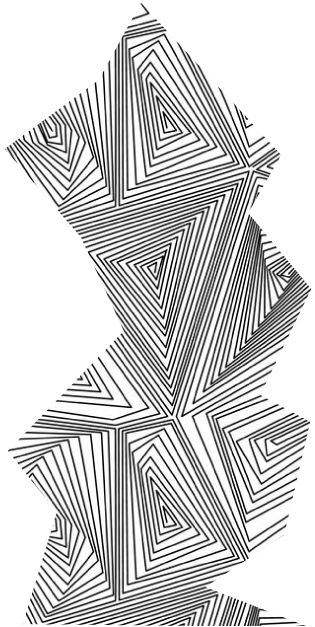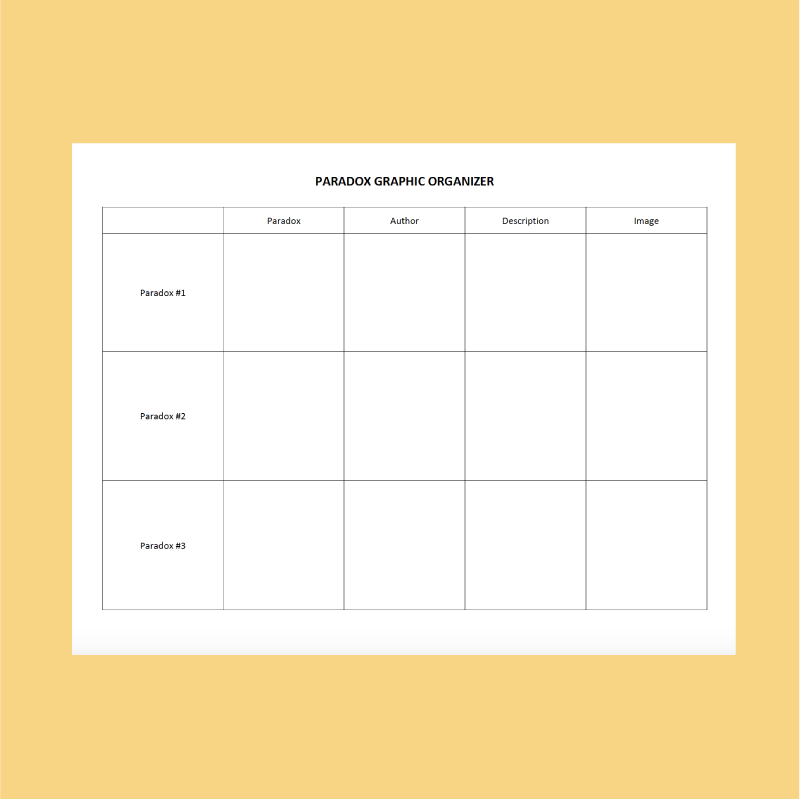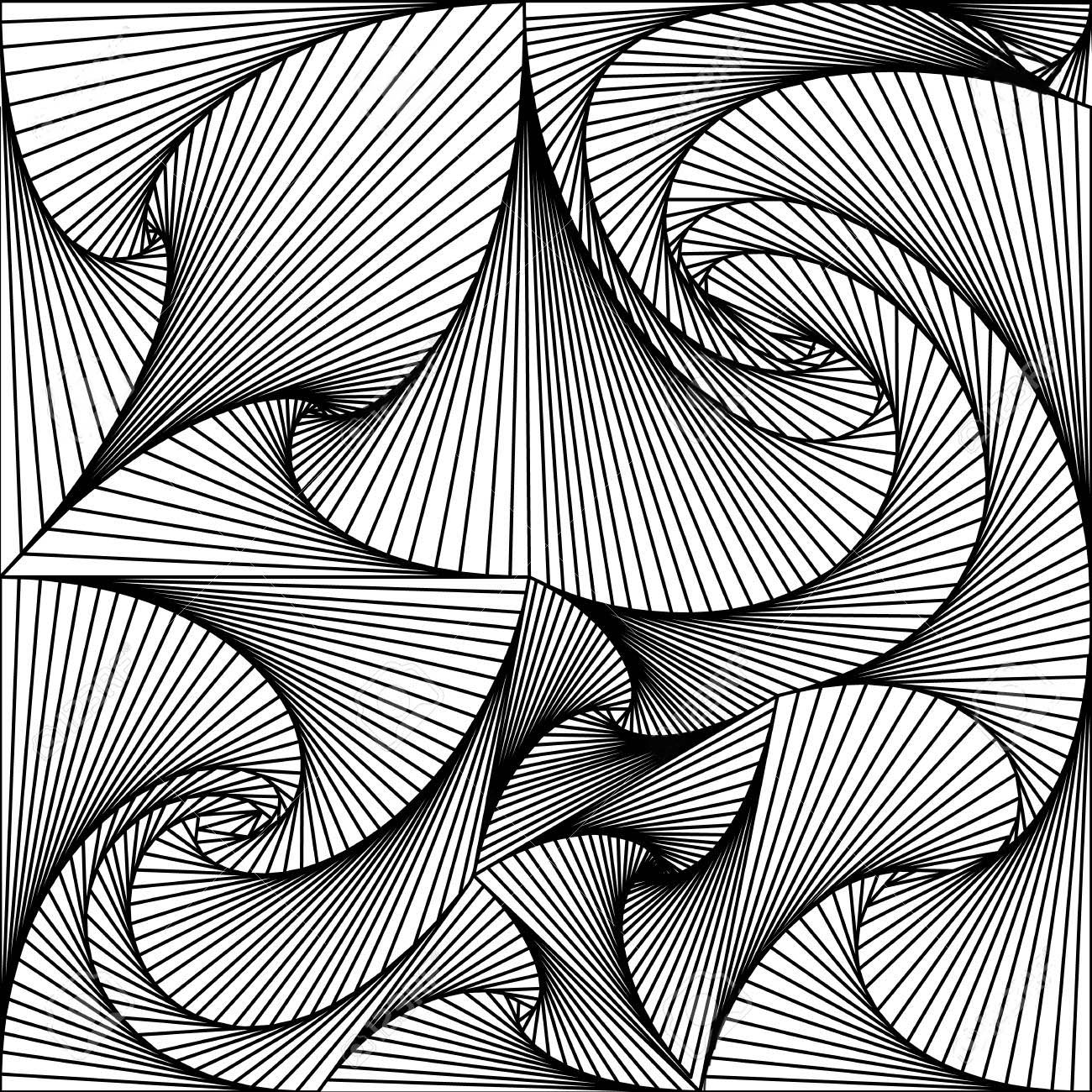
PARADOX
A WebQuest for students
INTRO
English Language Arts (Grades 9-12)
This WebQuest explores the literary term “paradox.” What is a paradox? Paradox can be found lurking in the corners of many a novel, playing tricks on the minds of readers near and far, deceiving those who think they understand but do not, challenging the very notion of your reality. Paradox is everywhere. One could argue that our very existence as human beings hinges on paradox (see the Fermi Paradox below).
Follow Tasks #1-4 below to complete the WebQuest and edify yourself on the nature of paradox. Be sure to complete each challenge for extra credit points!
Note: This WebQuest can be used with the Flipped Classroom model. Simply assign Tasks #1-3 for homework and perform Task #4 during class time in groups.

TASK #1
Start a new Google doc. Define the word “Paradox.”
Challenge #1: Describe the paradox in this image (which inspired T. Wing).
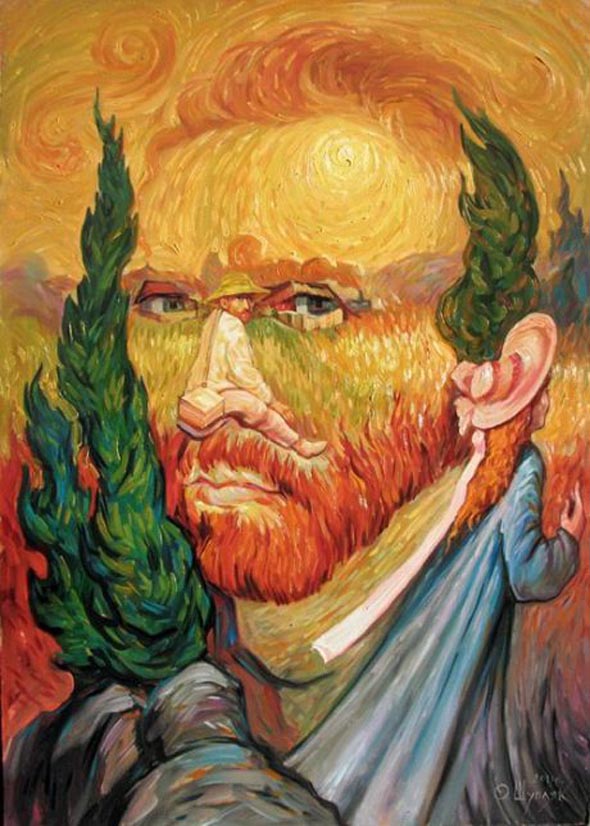
TASK #2
Review examples of paradoxical statements (on the paradox worksheet). In your Google doc retype each statement. Then, describe what you think each statement means?
Challenge #2: Describe the paradox in this painting by Oleg Shuplyak.
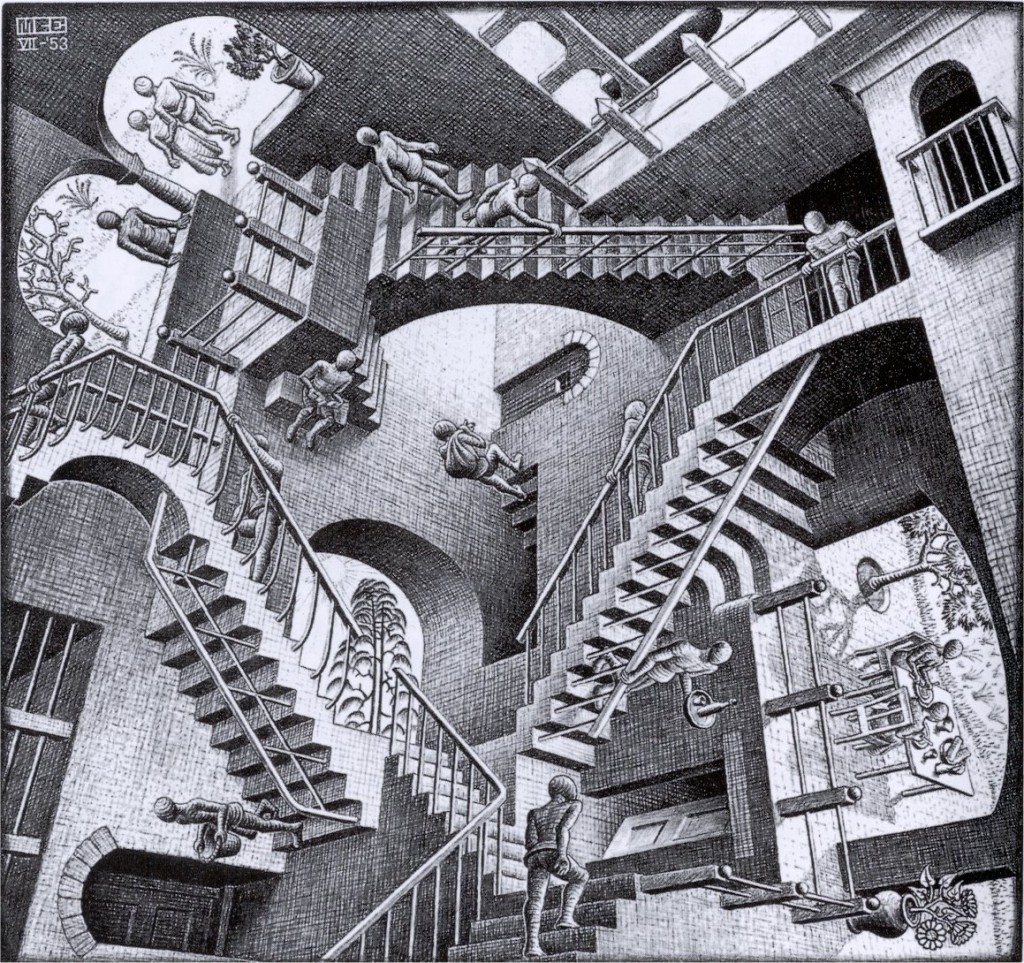
TASK #3
Conduct research in order to find 3 more paradoxical statements not already mentioned. Use the GRAPHIC ORGANIZER attached to take notes on your research.
Challenge #3: Describe the paradox in this lithograph by M.C. Escher.

TASK #4
Choose one paradoxical statement to present to the class. Choose a format for your presentation: Prezi, PowerPoint, or any other digital format. You must clearly state the paradoxical statement, describe it in your own words and have an accompanying image.
Challenge #4: Describe the paradox in this painting by Salvador Dali.
Challenge#5: Describe the paradoxes in the images below

FERMI
Challenge #6: Describe the paradox in this video.
THE PROCESS
STEP ONE: Open your mind. Prepare yourself to think outside of the box, to challenge your perception of reality, to find layers of meaning within simple statements.
STEP TWO: Complete the tasks above. Use these resources to help guide you in completing the tasks:

Literary Devices, Terms and Elements
literarydevices.com

Encyclopedia Britannica
britannica.com/art/paradox-literature

Brain Den: Brain Teasers
brainden.com/paradoxes
STEP THREE: Reflect on your new knowledge and use it to find the deeper meaning in all that you read and write in the future.
EVALUATION

CONCLUSION
Congratulations, you have now wandered into and out of the realm of the paradox! I hope you have enjoyed your journey and will take with you all of the new knowledge you have learned.
STANDARDS
This WebQuest is in alignment with the following California Common Core State Standards:
CCSS.ELA-LITERACY.RL.9-10.4
Determine the meaning of words and phrases as they are used in the text, including figurative and connotative meanings; analyze the cumulative impact of specific word choices on meaning and tone (e.g., how the language evokes a sense of time and place; how it sets a formal or informal tone).
CCSS.ELA-LITERACY.W.9-10.2.D
Use precise language and domain-specific vocabulary to manage the complexity of the topic.
CCSS.ELA-LITERACY.W.9-10.3
Write narratives to develop real or imagined experiences or events using effective technique, well-chosen details, and well-structured event sequences.
CCSS.ELA-LITERACY.W.9-10.4
Produce clear and coherent writing in which the development, organization, and style are appropriate to task, purpose, and audience.
CCSS.ELA-LITERACY.W.9-10.9
Draw evidence from literary or informational texts to support analysis, reflection, and research.
California English Language Development (ELD) Standards:
ELD.P1.6.a.Ex
Reading/viewing closely a) Explain ideas, phenomena, processes, and relationships within and across texts (e.g., compare/contrast, cause/effect, themes, evidence‐based argument) based on close reading of a variety of grade‐appropriate texts, presented in various print and multimedia formats, using increasingly detailed sentences, and an increasing variety of general academic and domain‐specific words.
ELD.P1.10.c.Ex
Composing/Writing Draw, dictate, and write to compose short literary texts (e.g., story) and informational texts (e.g., a description of dogs), collaboratively with an adult (e.g., joint construction of texts), with peers, and with increasing independence.
Thank you for completing this WebQuest! Stop in again anytime.
(Header and Footer Art by Maria Thomas and Rick Roberts of Zentangle.com)
